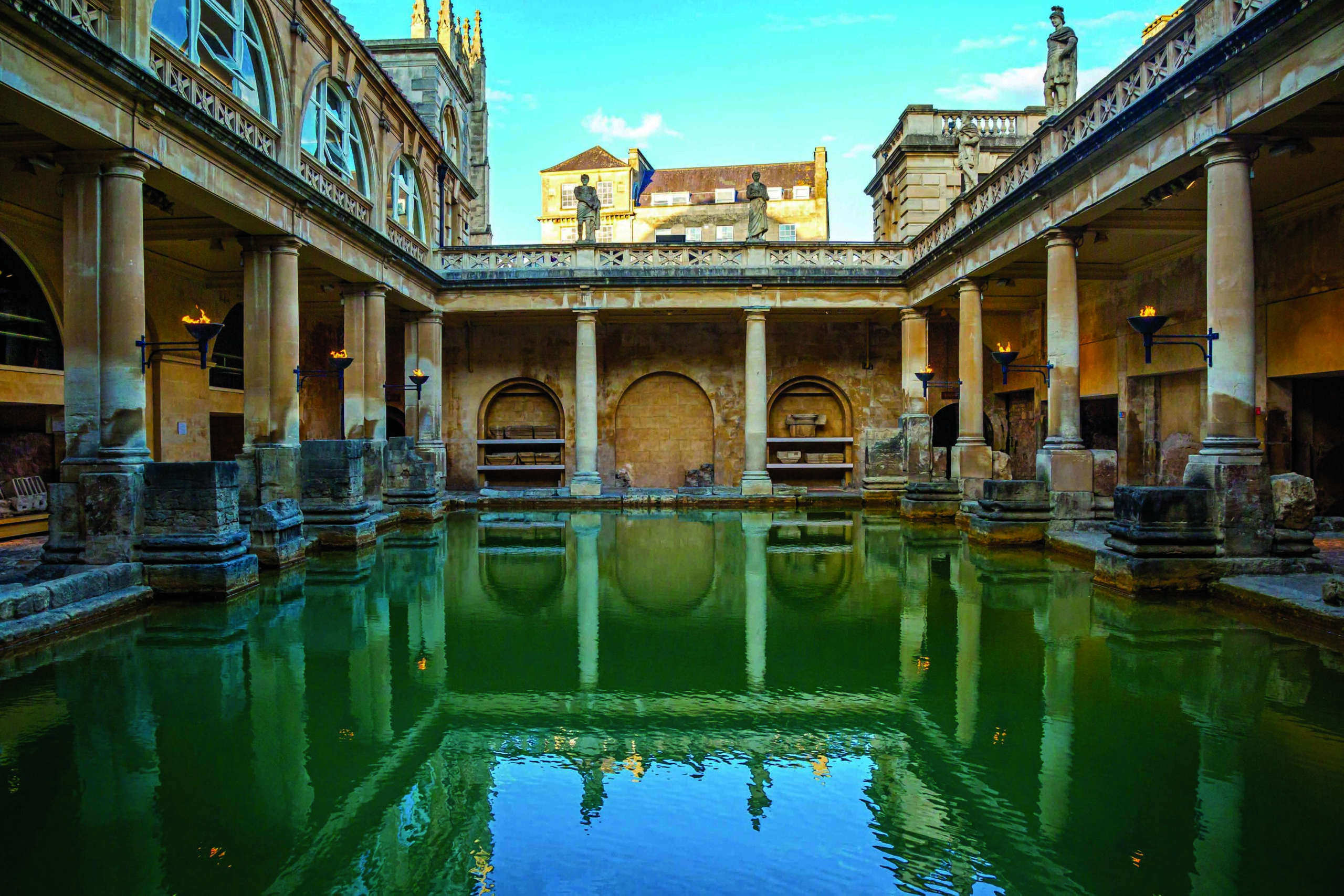TORONTO, CANADA—The Guardian reports that a new study of salmon bones recovered from four archaeological sites around western Canada’s Burrard Inlet suggests that the Tsleil-Waututh people, who fished with large weirs, released female salmon preparing to spawn in order to keep the population healthy. The ancient salmon bones, dated to between 400 B.C. and A.D. 1200, were overwhelmingly male, explained Jesse Morin, archaeologist for the Tsleil-Waututh Nation and the University of British Columbia. “If you take a good number of the males out of the system,” Morin said, “the remaining males can still mate with the females to no detriment to the population.” The weirs were torn down by European colonizers, he added. Read the original scholarly article about this research in Scientific Reports. To read about salmon consumption among Indigenous communities in the Pacific Northwest, go to "Around the World: Washington."
Salmon Bone Study Reveals First Nation Fishing Practice
News November 10, 2021
Recommended Articles
Digs & Discoveries January/February 2026
Purple Purchasing Power

Top 10 Discoveries of 2024 January/February 2025
Grim Evidence from the Arctic
King William Island, Canada
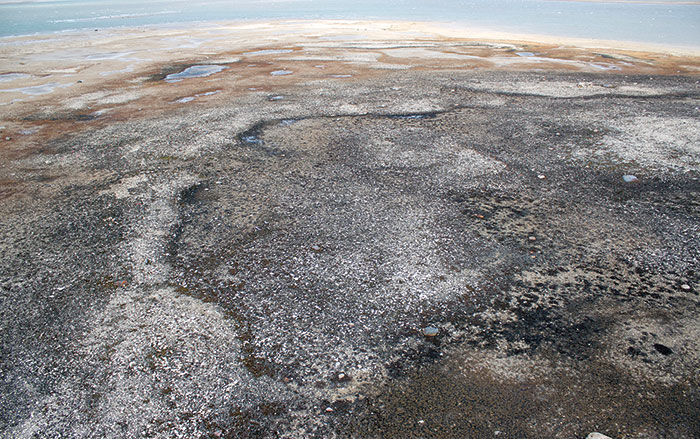
Digs & Discoveries July/August 2024
Medical Malfeasance
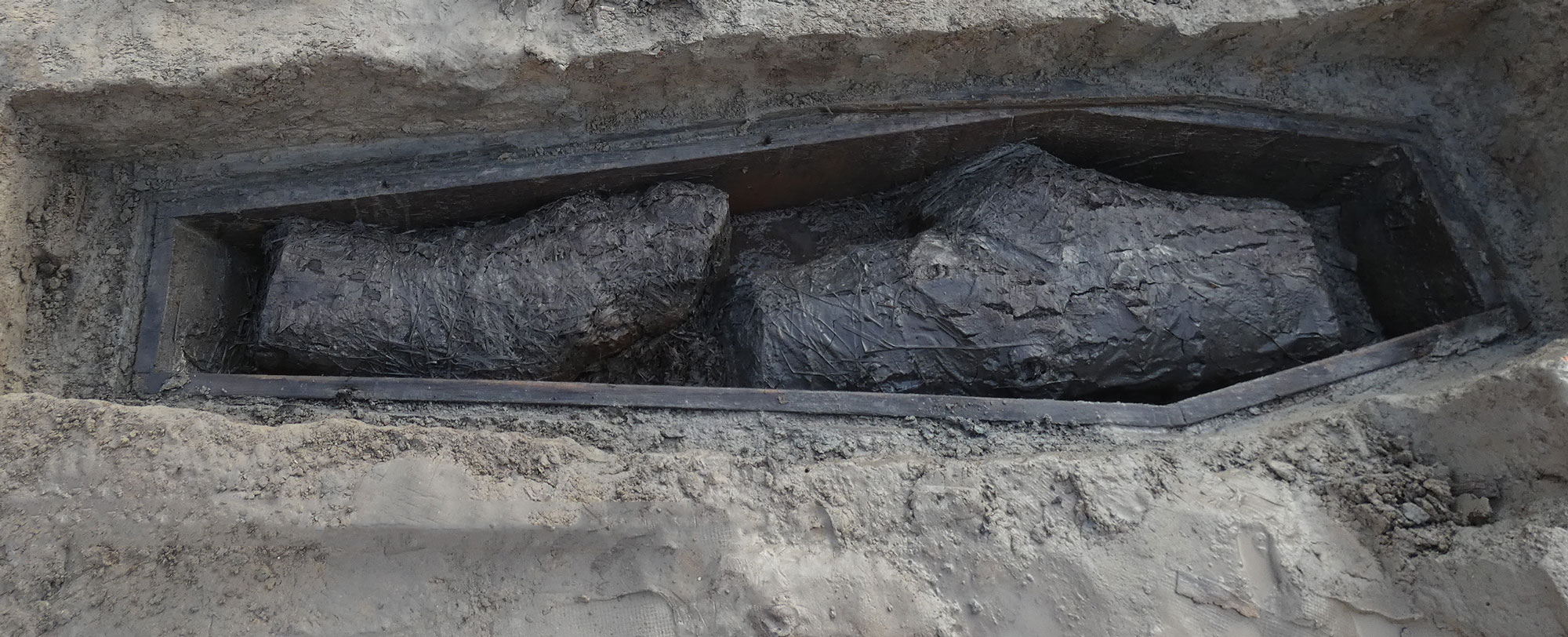
Features March/April 2022
Paradise Lost
Archaeologists in Nova Scotia are uncovering evidence of thriving seventeenth-century French colonists and their brutal expulsion
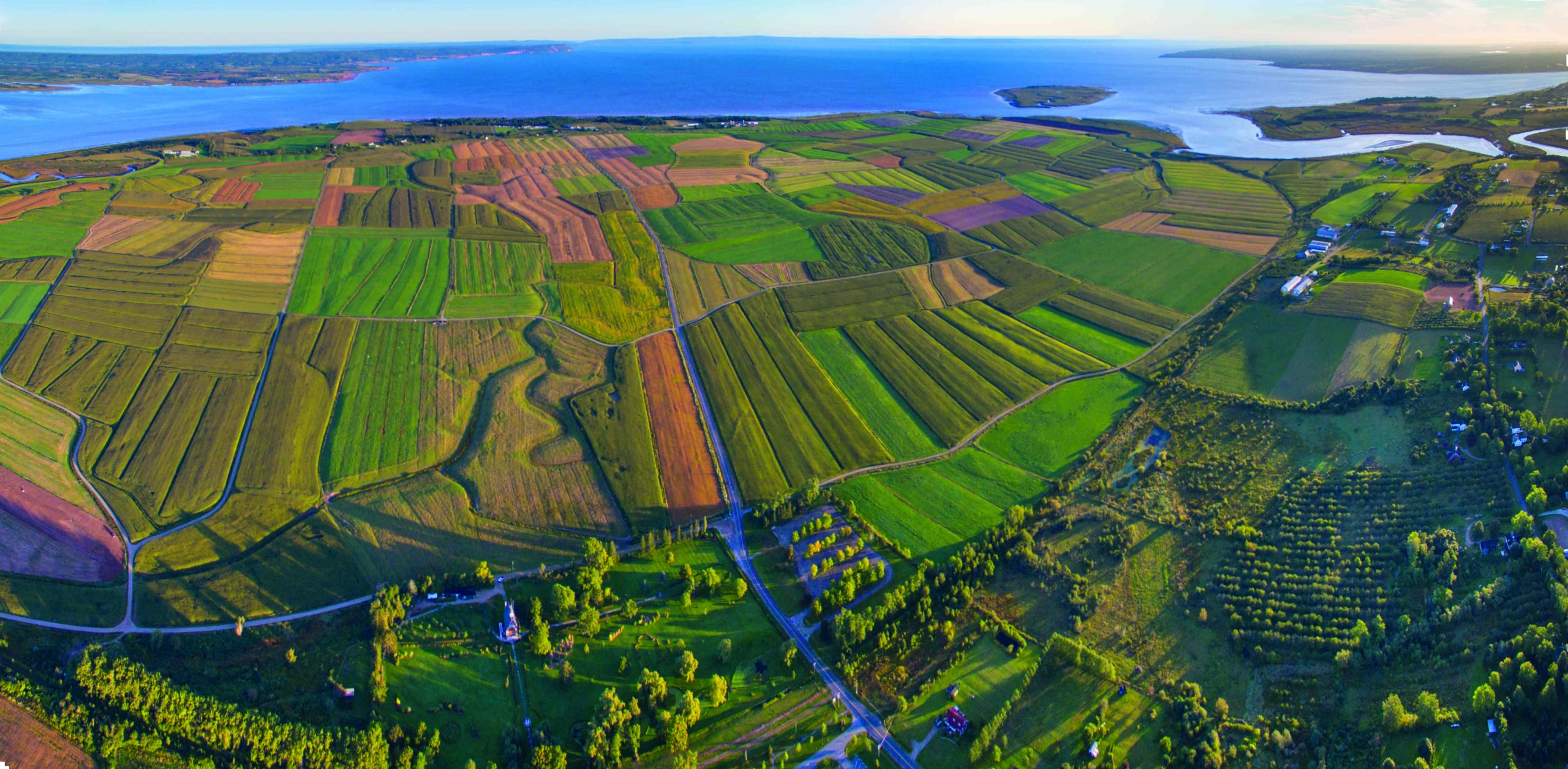
-
Features September/October 2021
Secret Rites of Samothrace
Reimagining the experience of initiation into an ancient Greek mystery cult
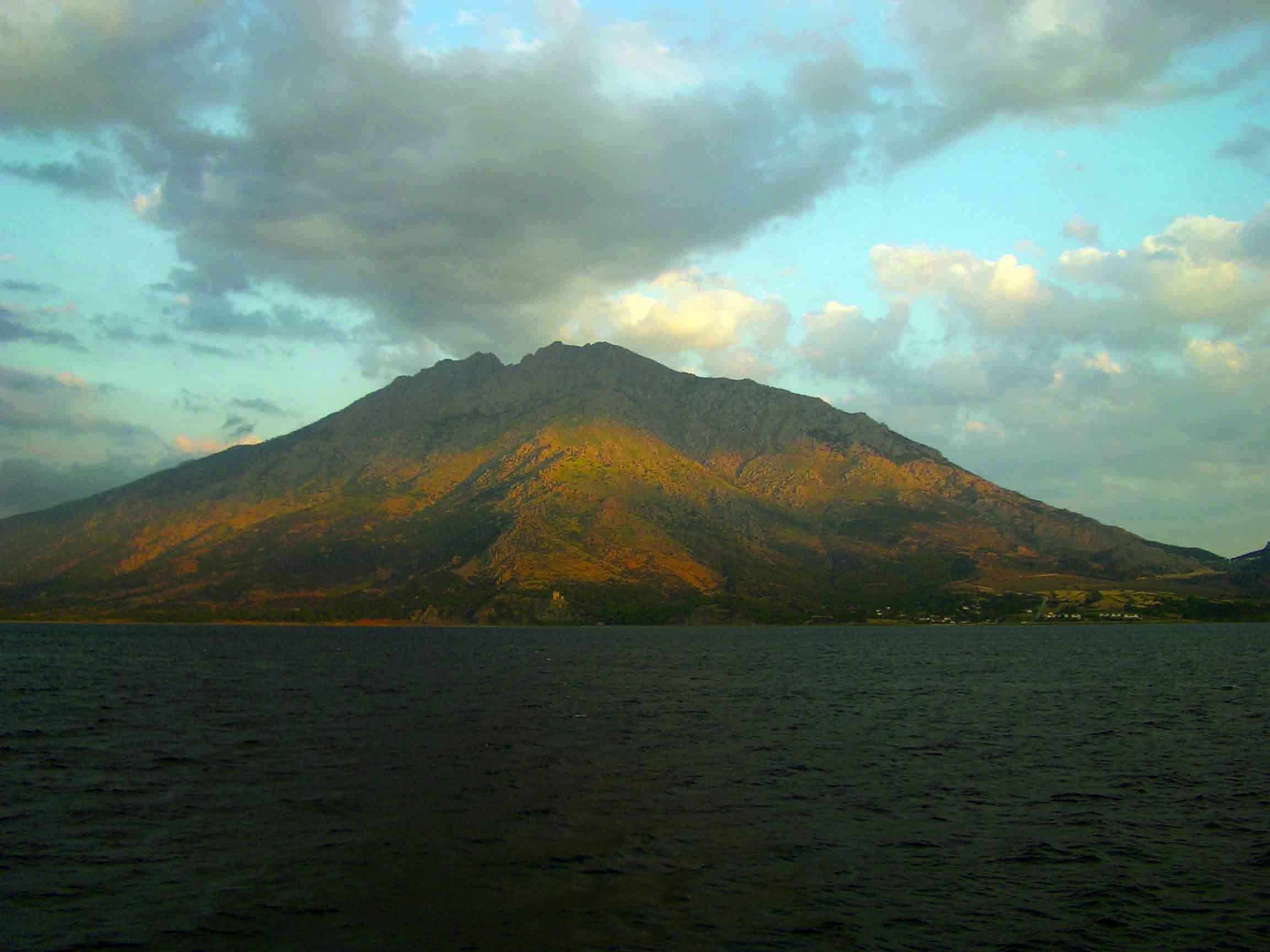 (© American Excavations Samothrace)
(© American Excavations Samothrace) -
Features September/October 2021
Searching for the Fisher Kings
In the waters of southern Florida, the creative Calusa people forged a mighty empire
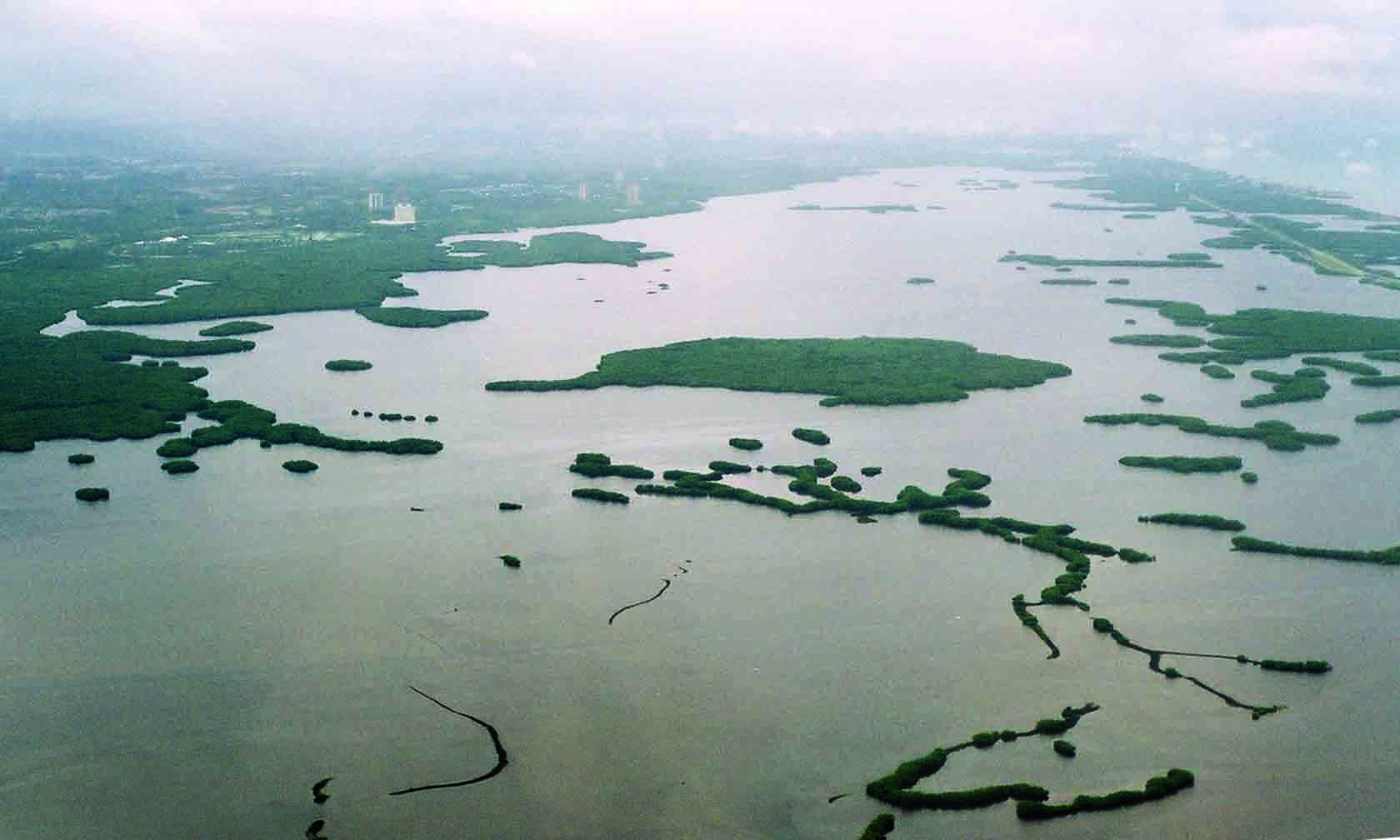 (Merald Clark)
(Merald Clark) -
Letter From Scotland September/October 2021
Land of the Picts
New excavations reveal the truth behind the legend of these fearsome northern warriors
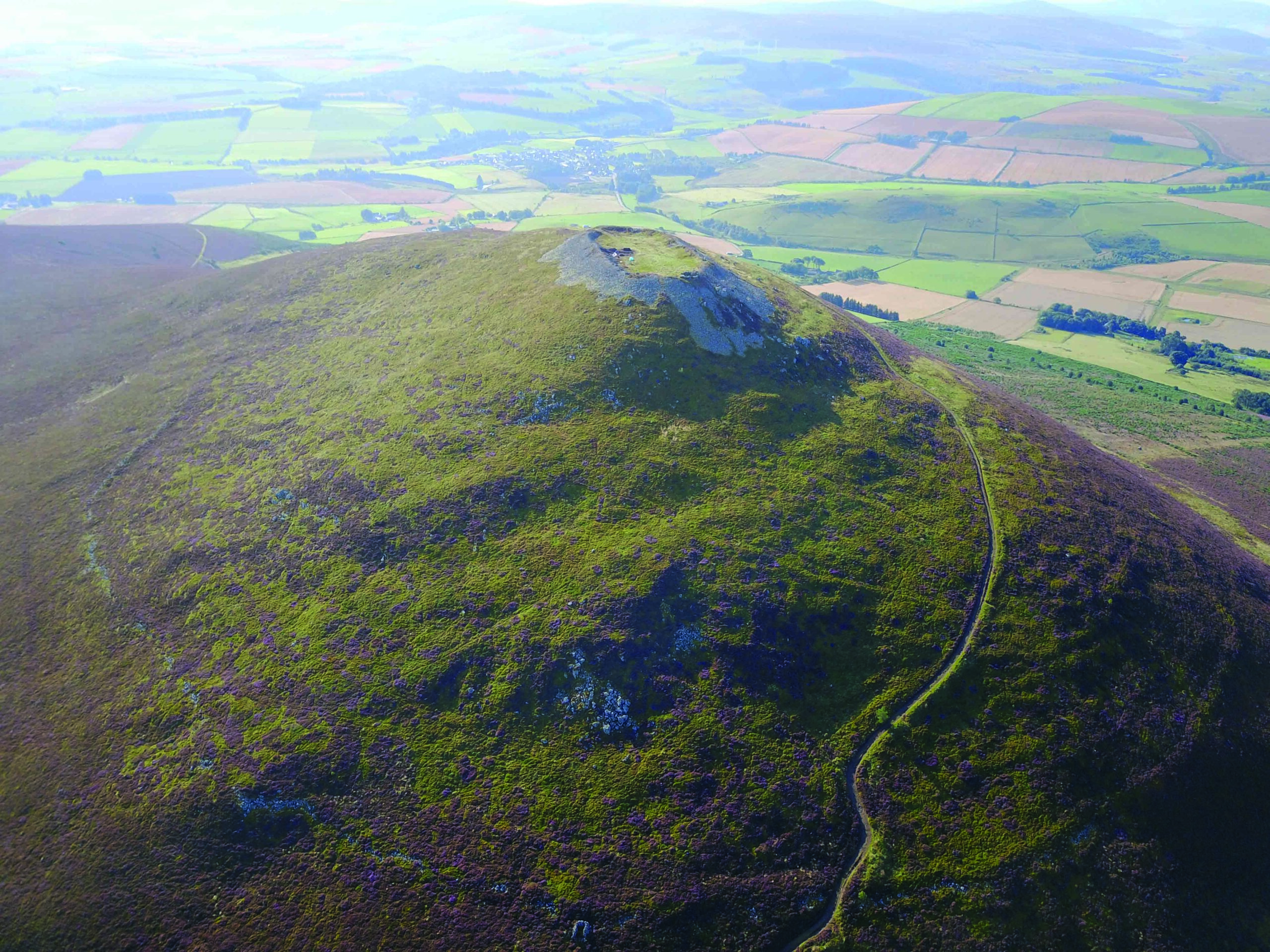 (Courtesy The Northern Picts Project)
(Courtesy The Northern Picts Project) -
Artifacts September/October 2021
Late Medieval Ring
 (© Amgueddfa Cymru – National Museum Wales)
(© Amgueddfa Cymru – National Museum Wales)


